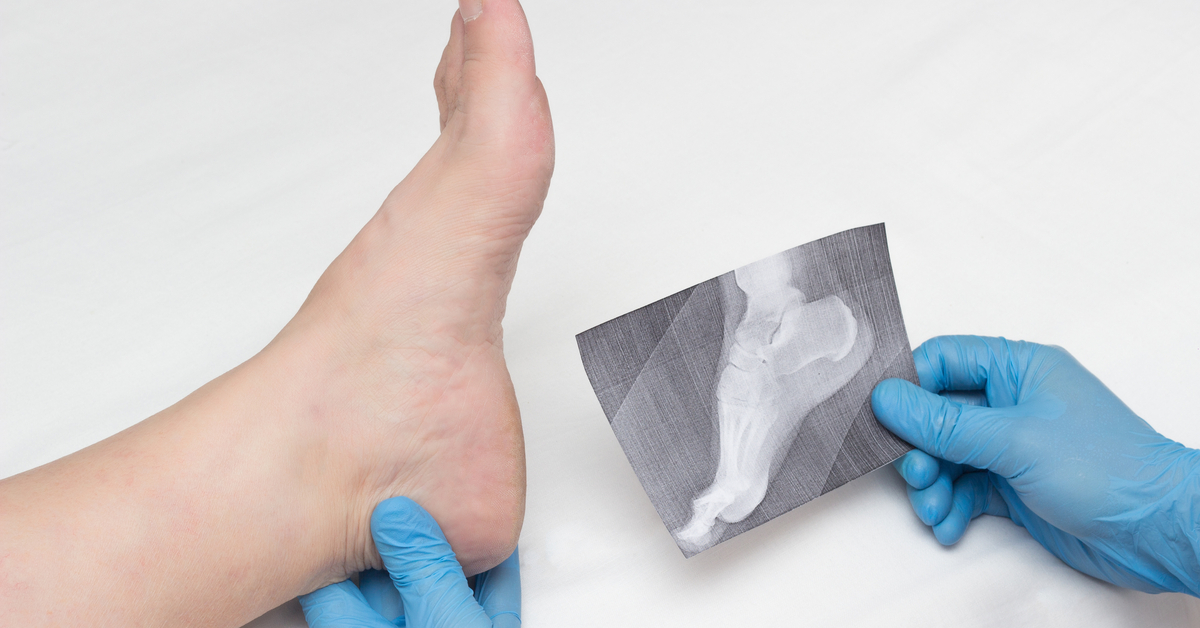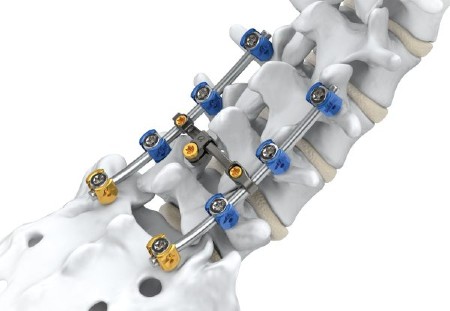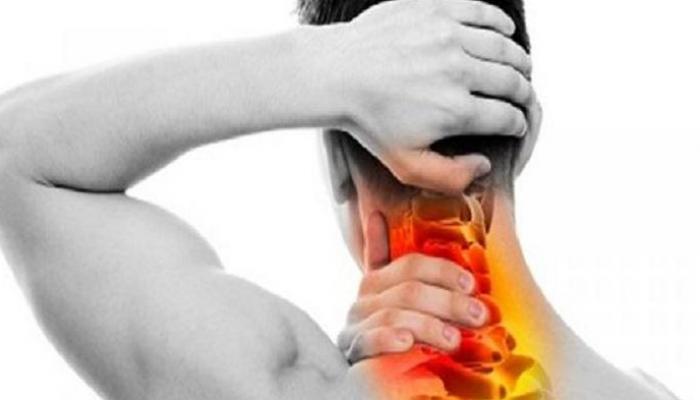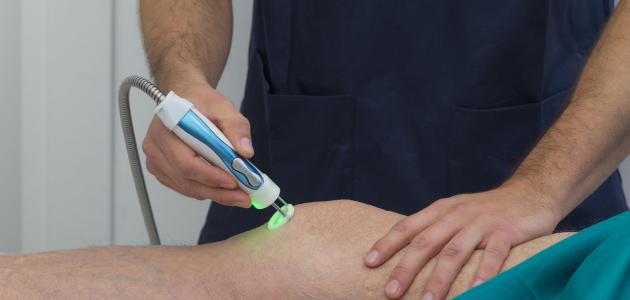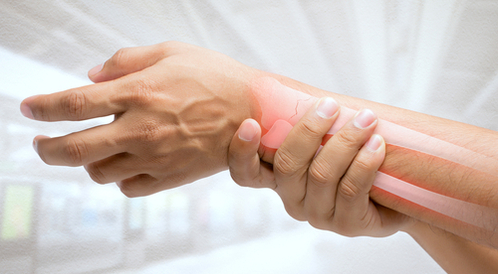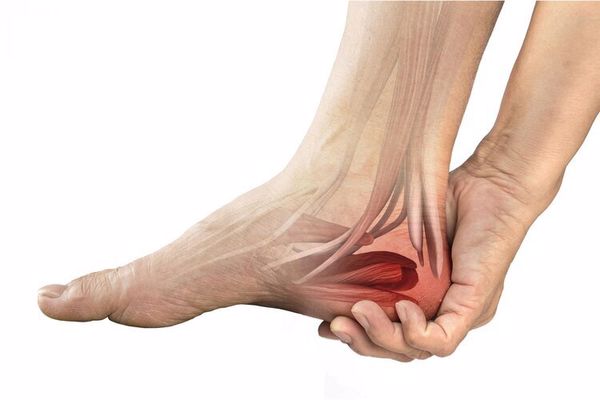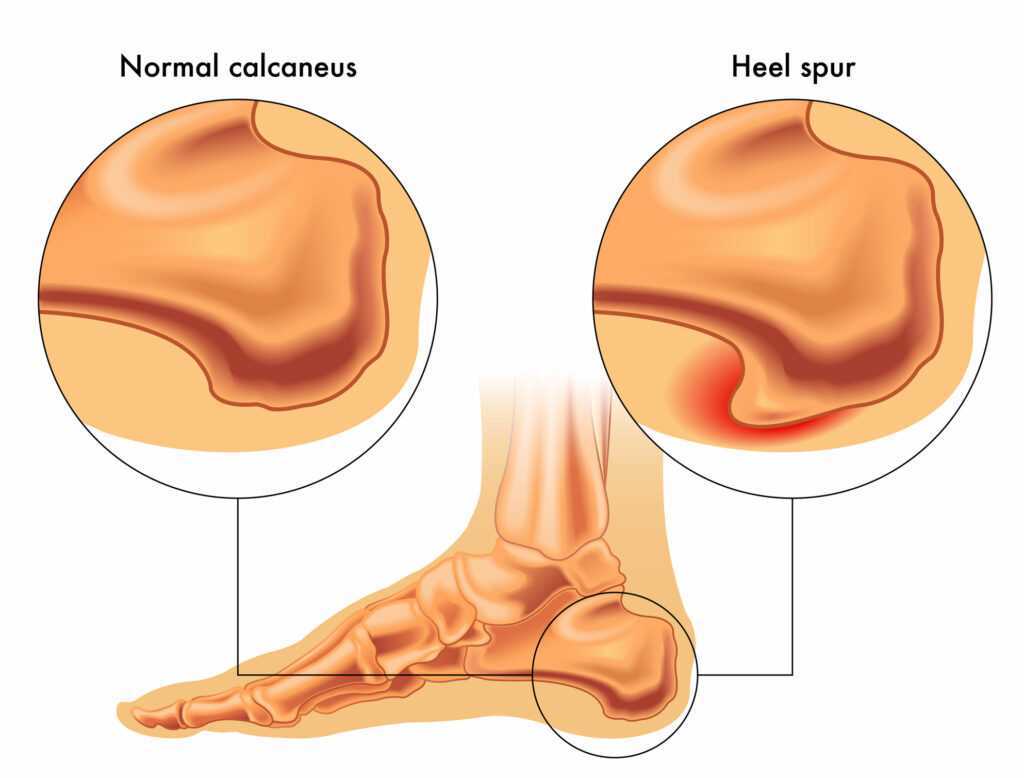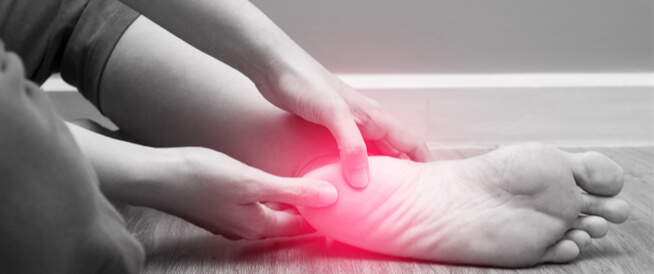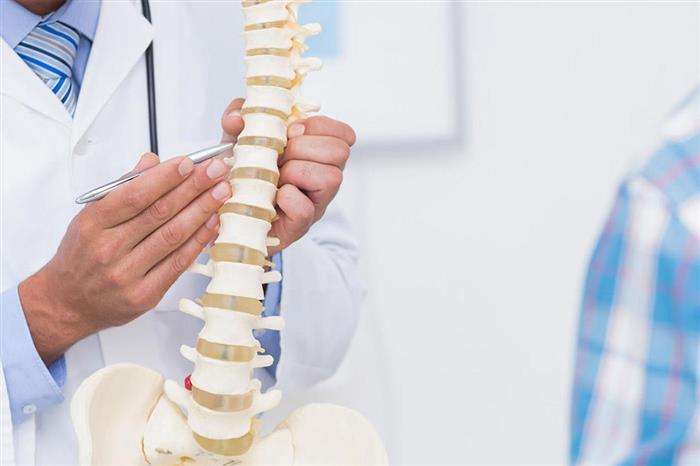Information about Foot Pain: Causes and Symptoms Main Causes of Foot Pain
Foot Finger Pain, Many people experience pain in their foot fingers due to a number of different causes, which is what we will address in the following paragraphs. These provide us with the reasons responsible for feeling pain in the foot fingers and how to diagnose and treat it properly, so follow us to learn everything new about this matter.
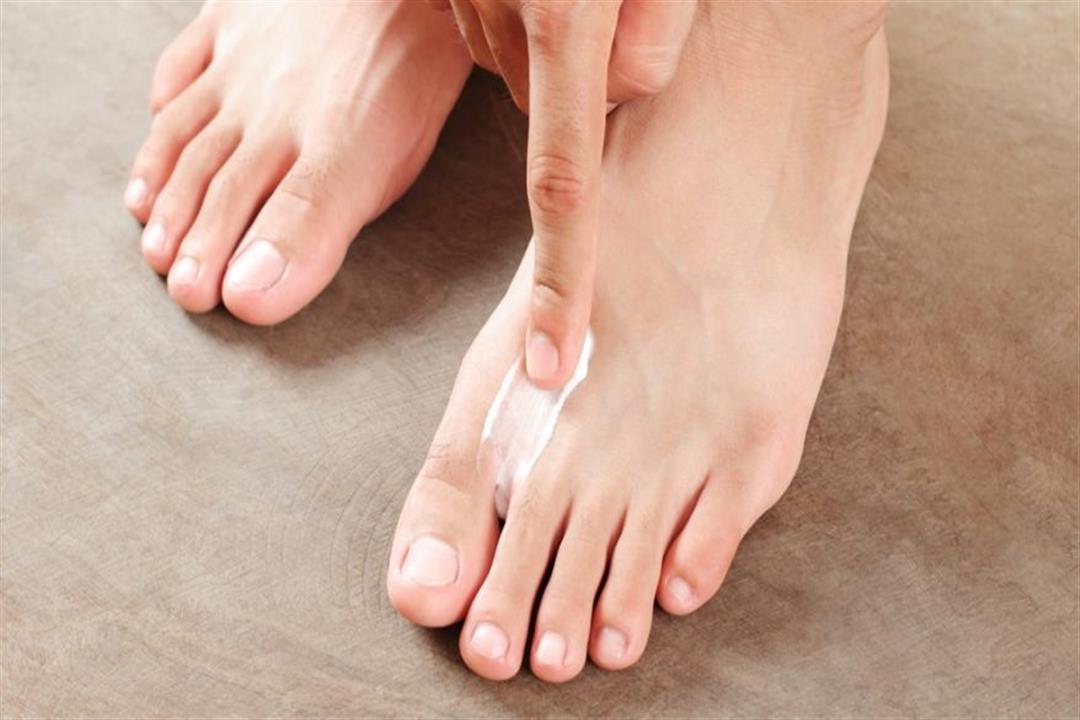
Foot Finger Pain
Finger pain in the foot is a common condition that can have several causes. The pain may result from injury to the joints, ligaments, or muscles, or it may be due to inflammation of the foot joint. The toes in the foot are used to bear weight while walking and running,
and thus they are constantly exposed to stress and strains. The pain may intensify if the toes are subjected to excessive pressure, either due to wearing tight shoes or being exposed to excessive weight for prolonged periods. One of the important things in dealing with finger pain in the foot is rest and reducing pressure on them, in addition to wearing comfortable shoes that support the foot well. Severe and persistent pain may require consulting a specialist doctor to accurately assess the condition and prescribe appropriate treatment.
Join hundreds of patients who have regained their health thanks to Dr. Amr Amal’s specialized treatments for foot finger pain.
Causes of Foot Finger Pain
Foot finger pain is the feeling of pain that occurs in the finger area, and it may have several causes. In this article, we will shed light on the most important causes of foot finger pain, which include the following:
1. Arthritis:
Arthritis is considered one of the common causes of pain in the foot fingers. This condition is characterized by swelling, redness, and pain in the joints, especially in the morning or after prolonged periods of sitting. People with arthritis have difficulty walking and moving. It is advisable to consult a doctor to diagnose the problem and recommend appropriate treatment, which includes physical therapy and non-steroidal anti-inflammatory painkillers.
2. Injuries:
Injuries such as bruises, fractures, or sprains can also cause foot finger pain. The pain may occur immediately after the injury or after some time. The patient should rest and apply ice to the swelling and pain, and consult a doctor for appropriate treatment, whether simple or surgical.
3. Rheumatoid Arthritis:
This is a chronic condition characterized by inflammation of the joints in the body. In some cases, this inflammation can affect the foot fingers and cause severe pain. It is advisable to consult a doctor to diagnose rheumatoid arthritis and provide appropriate treatment, which includes medication and physical therapy.
4. Psoriatic Arthritis:
This is a chronic condition that affects people with psoriasis. Psoriatic arthritis can cause pain and swelling in the foot fingers. Treating this condition may require consulting a doctor to prescribe appropriate medications and manage the symptoms.
5. Tendonitis:
Some foot finger pain may result from inflammation of the tendons in the area. The pain can be acute and increase with movement and activity. It is advisable to rest, apply ice, and avoid excessive exertion. If the pain persists, an examination should be conducted to check for tendon problems, and a doctor should be consulted.
6. Foot Infection:
Foot finger pain may result from an infection in the area, such as a bacterial or fungal infection. These infections can cause swelling, pain, redness, and itching in the fingers. It is advisable to consult a doctor to diagnose the condition and prescribe appropriate treatment, which may include anti-inflammatory medications, antifungal tablets, or antibiotics, depending on the type of infection.
Symptoms of Foot Finger Pain
Some may suffer from pain in the foot fingers, which can be annoying and limit daily life quality. To help you better understand these symptoms and identify the potential causes, we present in this article an exclusive medical guide that sheds light on the symptoms of foot finger pain, which include the following:
- Pain around the finger:
This is one of the common symptoms that patients experience, where they feel moderate or mild pain around the finger or the heel area of the foot behind the toes. The pain usually increases when the symptoms come and becomes severe during periods of movement or prolonged standing. - Abnormal bending:
These symptoms appear in cases of hammertoe and mallet toe, where there is an abnormal bending in the joints of one or more toes. This bending is accompanied by difficulty in moving the affected finger and associated pain. - Swollen fingers:
Foot finger pain may be accompanied by swelling in the affected area and its surroundings. Inflammation causes the fingers to swell and affects the patient’s ability to move. - Difficulty moving the big toe:
If the big toe is affected by pain, it may be difficult to move it easily. The patient may feel a restriction or difficulty in bending or extending it properly. - Pain associated with nerve irritation:
Irritation of the nerves between the toes (in the ball of the foot) can cause them to swell and lead to pain in the finger areas when moving.
Enjoy a better quality of life and greater freedom from foot finger pain with the experience of Dr. Amr Amal.

Diagnosing Foot Finger Pain
We will provide you with a list of tips and procedures used by doctors in diagnosing and understanding painful foot fingers, which include the following:
- Doctor’s examination:
The doctor will perform an initial examination to assess your condition and symptoms. They may ask you many questions about your medical history and the pain you are experiencing, and they may also manually examine your foot to feel for any visible signs of painful fingers. - X-ray imaging:
X-ray imaging is an important diagnostic tool in examining bone diseases and deformities. X-ray imaging helps visualize deformities in the shape and structure of bones and joints, and it can be a useful examination to diagnose toe swelling and other bone problems. - Additional tests:
In some cases, the doctor may perform additional tests to determine the cause of finger pain, such as blood tests to check for gout or imaging tests to determine if you have rheumatoid arthritis. - Magnetic Resonance Imaging (MRI):
MRI imaging may be used in some severe and complex cases to determine the extent of damage to the bones and surrounding tissues. - Consult an orthopedist:
The doctor may suggest consulting an orthopedist or a specialist in diagnosing and treating joint diseases, as they can provide specialized guidance and treatments for your condition.
When it comes to diagnosing foot finger pain, medical examination and additional tests play a crucial role in determining the root cause of the pain and identifying the appropriate treatment. Be sure to visit your doctor to receive the proper diagnosis and appropriate medical care.
Complications of Foot Finger Pain
Foot finger pain can lead to a number of complications that may affect an individual’s life and require medical care. In this article, we will take a look at some of these complications that may arise as a result of developing foot finger pain and the importance of treating it properly, including the following:
First Complication: Progression to Chronic Pain
Foot finger pain can progress to chronic pain if not properly addressed. This issue requires immediate medical care to diagnose the potential cause and guide appropriate treatment. Effective and early treatment of recurrent foot finger pain is important to prevent it from developing into a chronic condition that requires more complex therapeutic measures.
Second Complication: Infection
If the skin near the affected toe sustains any wounds or fractures, the risk of infection in the surrounding tissues increases. Infection can lead to worsening pain and a deterioration of overall health. Therefore, proper wound care, cleaning, and disinfection are necessary to prevent infection.
Third Complication: Disability
Foot finger pain can result in problems with mobility and the ability to perform daily tasks. Toe injuries can affect balance and stability while walking, making it difficult to wear shoes or walk for long periods. A person with foot finger pain may need to rely on mobility aids such as walkers or canes. Therefore, it is important not to ignore the pain and seek appropriate treatment to avoid disability.
Fourth Complication: Psychological and Social Effects
Foot finger pain can affect an individual’s psychological and social state. They may feel frustrated and isolated due to persistent pain and difficulty in performing daily activities and social interactions. This situation requires psychological and social support from family, friends, and the healthcare team to overcome negative psychological and social effects and improve quality of life.
With Dr. Amr Amal, enjoy a life free from irritation and pain in your foot fingers.
Treatment for Foot Finger Pain
Many people may suffer from foot finger pain, and the causes and treatments for this pain vary depending on the medical diagnosis. In this article, we will highlight some of the therapeutic approaches that can be used to alleviate foot finger pain, including the following:
- Shoe inserts:
Shoe inserts are devices that can help alleviate pain caused by plantar fasciitis. They are placed inside the shoe to adjust the foot’s position and reduce pressure on the foot fingers, reducing pain and disability. For more information on wearing shoes after a cast, click here. - Taking medication:
The doctor may prescribe painkillers to relieve pain and inflammation in the foot fingers. However, it is essential to consult a doctor before taking any medication and select the appropriate dosage. - Physical therapy:
Physical therapy can help relieve pain and increase flexibility in the foot fingers. This therapy includes stretching and strengthening exercises, applying ice or heat, and guided movement exercises for the fingers. - Massage:
Massage is also an effective way to relieve foot finger pain. Soothing essential oils can be used to massage the foot, focusing on the painful areas. - Prevention and rest:
In some cases, the best treatment for foot finger pain is getting adequate rest and avoiding activities that increase the pain. It is recommended to wear comfortable and properly fitting shoes and avoid wearing high heels or tight shoes.
Although these therapeutic approaches can help alleviate foot finger pain, it is essential to consult a doctor before pursuing any treatment. The accurate diagnosis of the cause of pain and proper treatment needs should be determined based on each individual’s condition.
Relieving Foot Finger Pain
Foot finger pain is a common problem that many people experience. The pain may result from stress, injury, or certain chronic diseases. Fortunately, there are several methods that can be used to relieve foot finger pain. To learn more about joint pain, click here.
Applying ice to the painful area is one of the effective ways to relieve pain and swelling. Ice packs can be placed on the painful foot fingers for a few minutes several times a day. Additionally, soaking the feet in cold, salty water can help reduce inflammation of the big toe joint.
Medications can also be used to relieve pain and swelling. Ibuprofen and naproxen are common over-the-counter painkillers. It is essential to consult a doctor before taking any medication to ensure it is suitable for your individual health condition.
Some simple measures can also be taken to relieve foot finger pain. These include rest, elevating the feet above heart level, and various pain relief techniques such as picking up a towel from the floor with the toes and practicing simple foot and finger exercises. You can rid yourself of the discomfort caused by foot finger pain treatment with Dr. Amr Amal.
What Diseases Affect the Foot Fingers?
The foot fingers are an essential part of the body and perform vital functions in movement and balance. However, the foot fingers may be affected by various diseases and medical conditions, which we will explore in the following points:
- Severe pain:
Severe pain in the foot fingers can result from several causes, such as fractures, sprains, or inflammation. It is important to consult a doctor to accurately diagnose the condition and guide appropriate treatment. - Swollen foot fingers:
Swelling in the foot fingers can be caused by various reasons, including circulatory disorders and joint inflammation such as rheumatoid arthritis and osteoarthritis. Accurate diagnosis requires consultation with a specialist doctor. - Difficulty bending the fingers:
Difficulty bending the foot fingers can result from several conditions, such as osteoarthritis, joint inflammation, and tendon tears, due to changes in the joints and surrounding tissues. - Stiffness in the foot finger joints:
Stiffness in the foot finger joints is one of the common blood clots that can affect the fingers and cause stiffness in their movement. It is advisable to consult a doctor for accurate diagnosis and appropriate treatment. We will discuss joint stiffness in more detail in this article. - Itching and burning between the foot fingers:
If you experience persistent itching and burning between your foot fingers, you may be suffering from a fungal skin infection or skin inflammation due to cracking or peeling. Treatment depends on diagnosing the condition and may include using antifungal agents and good personal hygiene practices. - Other diseases affecting the fingers:
In addition to the above problems, the foot fingers can be affected by other diseases such as rheumatoid arthritis, gout, plantar fasciitis, and degenerative tendonitis. Diagnosing and treating these conditions requires specialized medical consultation.
Do Salt Deposits Cause Foot Finger Pain?
An increase in salt deposits in the foot is a common problem that can cause pain in the fingers. This occurs due to the accumulation of fluids and salts in the heel, causing it to swell and become swollen. Salt levels, such as sodium, increase in the body when there are disturbances in kidney function.
It is important to consult with a nephrologist and undergo appropriate tests to diagnose the cause of increased salt levels and address it properly. It is advisable to visit an orthopedist to assess pain and numbness in the feet, as it may be a result of nerve damage.
It is essential to maintain a balance in salt intake and maintain a healthy diet, as consuming large amounts of salt is a contributing factor to increased salt deposits in the body. Treatment may include modifying the diet and avoiding foods high in salts, in addition to appropriate medications prescribed by the doctor.
Dr. Amr Amal: The optimal choice for effectively treating foot finger pain.

When is Foot Finger Pain Serious?
Foot finger pain can be a common and non-serious problem in most cases. However, in some instances, foot finger pain may be a symptom of a more serious health issue, so it is important to recognize the warning signs and when you should see a doctor.
One of the serious conditions to be prepared for is having an infection in the foot. If you feel pain in your toes for a long period, associated with swelling, redness, and warmth, there may be an infection, and you need to consult a doctor immediately. This could result from an injury, a piece of glass, or friction with a foreign object, and it requires prompt treatment to avoid worsening the condition.
You should also be cautious if you experience severe pain in your toes, accompanied by difficulty in movement and severe swelling. This could be a sign of a bone fracture, which needs medical evaluation to determine the real cause and take appropriate measures.
When foot pain becomes severe and persistent, it is important to take it seriously and consult an orthopedic doctor to evaluate your condition. Conducting necessary tests and making the correct diagnosis will help identify the cause of the pain and establish an appropriate treatment plan for you.
Who is the Best Orthopedic and Joint Doctor in Egypt
The Dr. Amr Amal is one of the best doctors in the field of orthopedic and joint surgery in Egypt. Dr. Amr is known for his extensive experience and high skills in performing all types of bone and joint-related surgeries. This includes treating bone fractures, hip joint replacement, leg deformities, and other surgical procedures.
In addition to his medical practice, Dr. Amr Amal also works as a professor of orthopedic and joint surgery and arthroscopy at Ain Shams University. Dr. Amr has over five years of experience in this field, which enhances his credibility and position as one of the prominent specialized doctors in Egypt.
Dr. Amr Amal’s reputation is well-respected in the Egyptian medical community, where he is considered an expert in orthopedic and joint surgery. Dr. Amr works diligently to provide high-quality medical services to patients, using modern and effective techniques in his surgical procedures and continuously keeping up with the latest updates and innovations in his field.


